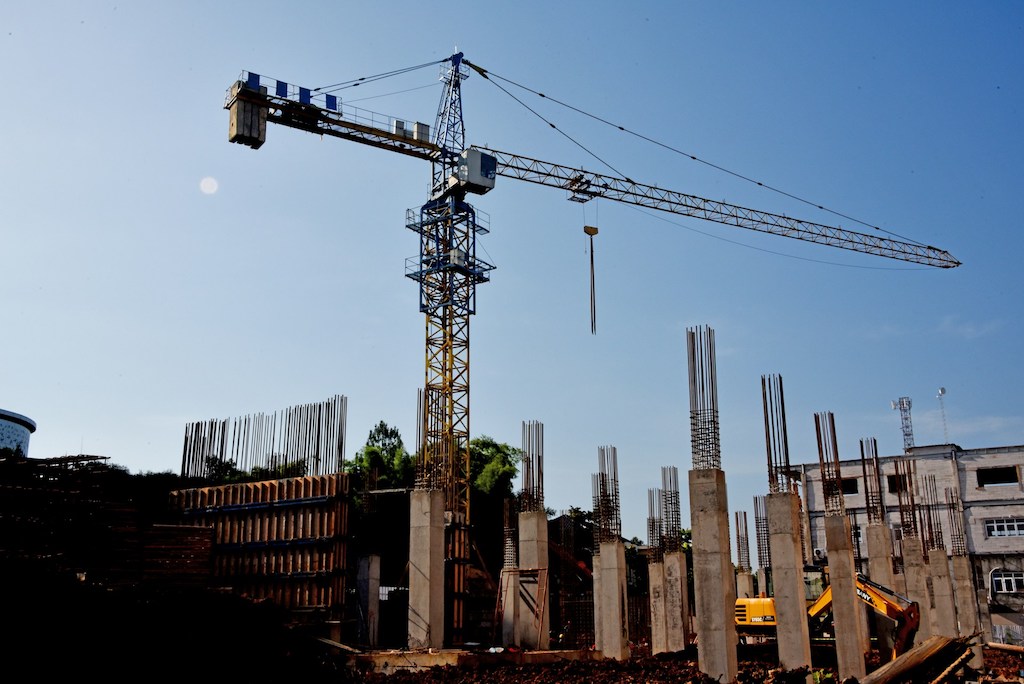A common scenario presented to Vado Private is brokers seeking finance for their clients with incomplete projects. Financing the construction of any project can be challenging. This is accentuated with incomplete projects, which carries an elevated level of risk.
Here are some factors for brokers to consider when arranging finance for an incomplete project:
1. Insurance Policies. Mandatory insurances for a construction projects (new or incomplete) are builders all risk, public liability and workers compensation. For lower density buildings (less than 3 storeys), home warranty insurance also applies. These insurances, which are obtained by the builder for the benefit of the developer/landowner, are necessary for any financing arrangement. A continuation of existing policies is preferred.
2. Certifications. Various certifications are required during the construction phase. These include survey, structural and hydraulic engineering, waterproofing, fire safety, termite protection, glazing, insulation, BASIX, landscape, Section 73 etc. All these certifications are required to ensure an Occupation Certificate (OC) is issued by the Principal Certifying Authority. Without an OC the completed property(s) cannot be sold or refinanced.
3. Builder. Owner builder issues typically arise because of uncommitted funding arrangements, latent conditions, variations or cost overruns. For third party building contracts, many projects fail because of a dispute between the developer / landowner. A continuation of the incumbent builder is always preferred as this mitigates many of the risks associated with insurances and certifications.
4. Cost to complete. This is the cost to complete all remaining construction works. This figure is provided by the builder and verified by an independent Quantity Surveyor (QS) engaged by the lender. These costs needed to be reflective of market rates.
5. Time to complete. This is critical in determining the loan term and interest provision/capitalisation required. This data is obtained in the builder’s program and is validated by the QS.
6. Valuation. There are two valuation numbers that are critical – the ‘as is’ value and the ‘as if complete’ value. The ‘as is’ value contemplates the value of the land and existing improvements (works completed to date). In some cases, this is difficult quantify and accordingly valuers will apply a significant discount. The ‘as if complete’ value is the value of the project once Practical Completion has been achieved and an OC is issued. Any valuation figures are reported to the Lender by an independent panel valuer.
7. Loan-to-Value Ratio. Once the values have been ascertained, an LVR needs to be applied. The ascribed LVR will be based on both the ‘as is’ and ‘as if compete’ values. The LVR will be governed by stage of construction, time to complete, any presales (or leasing precommitments), take out finance options and any risk mitigating factor.
8. Contingency. Typical, contingency for a new build is between 5% and 7.5%. Depending on scope of works completed and any remediation (defects), the contingency for an incomplete project may need be higher (circa 10% plus).
9. First mortgage or second mortgage. In many circumstances first mortgage finance is the only option. A second mortgage may be a more viable option. Factors influencing this include stage of construction, first mortgage amount, cost to complete and preparedness of the first mortgagee to maintain the facility until completion.
Vado Private provides bespoke financing solutions tailored to the specific needs of borrowers. We would love the opportunity to chat to you regarding any scenarios or questions. Please contact the Business Development team at Vado Private to discuss any opportunities on the details below, or you can submit a scenario online via our website.
Contact Our Team


Hien Nguyen
0424 983 770
Sanjay Anand
0424 486 788


